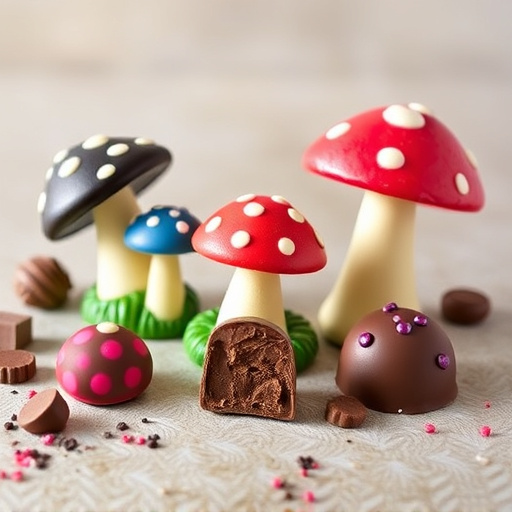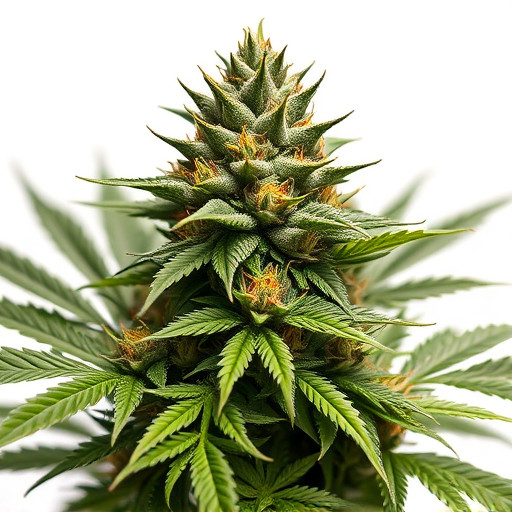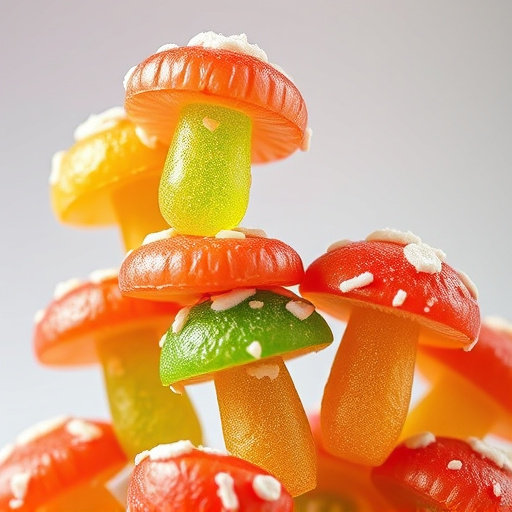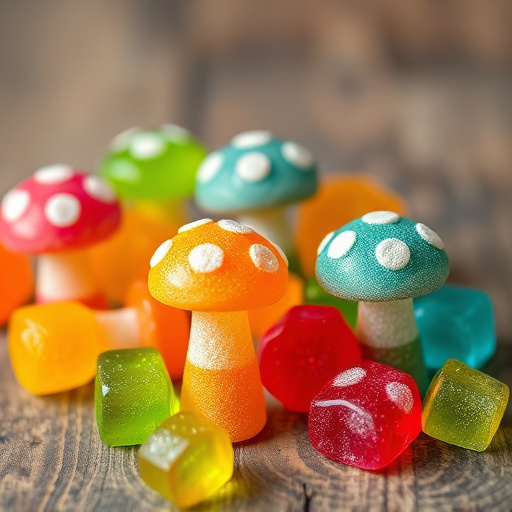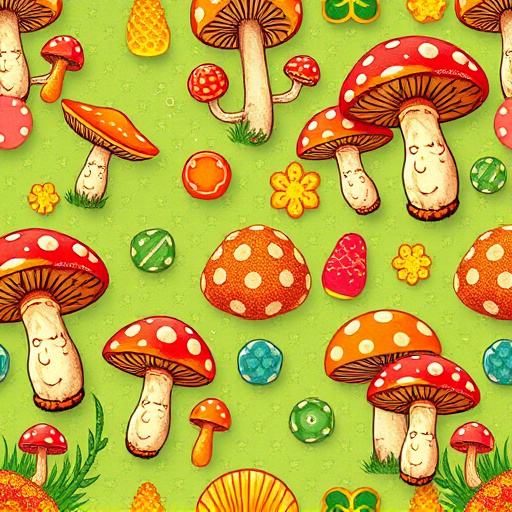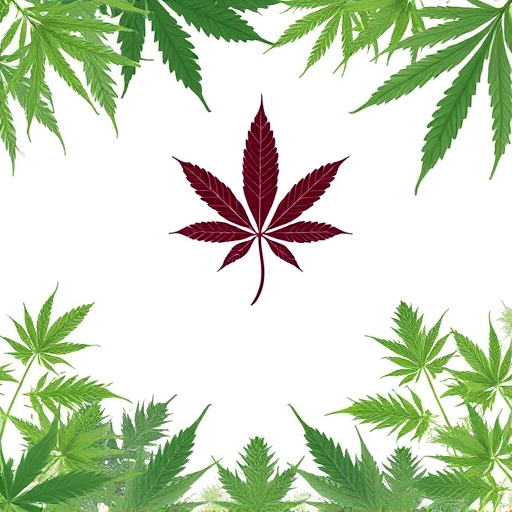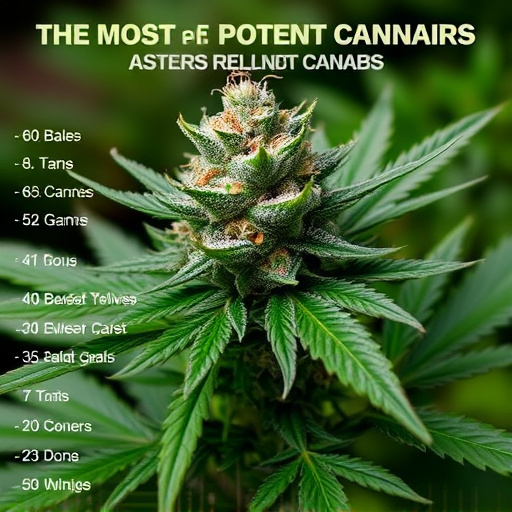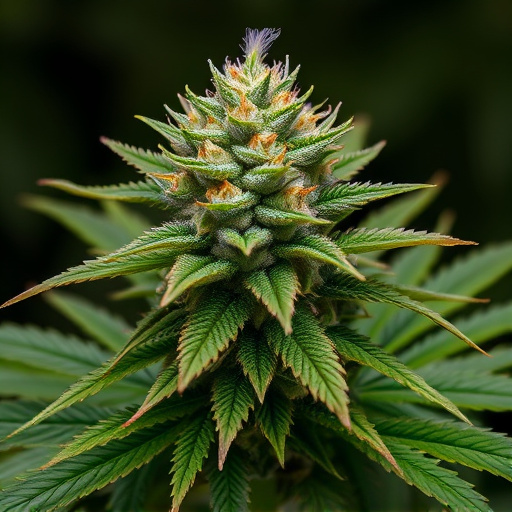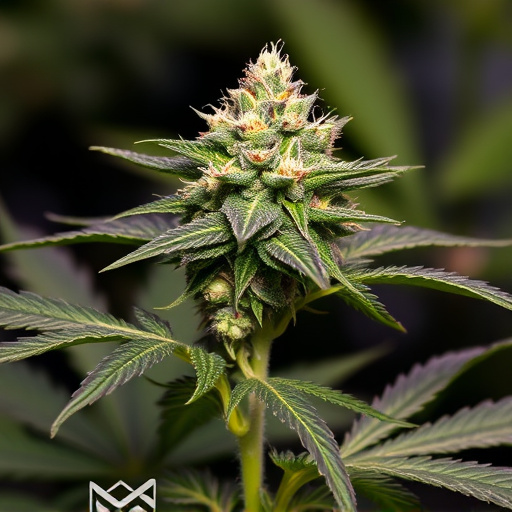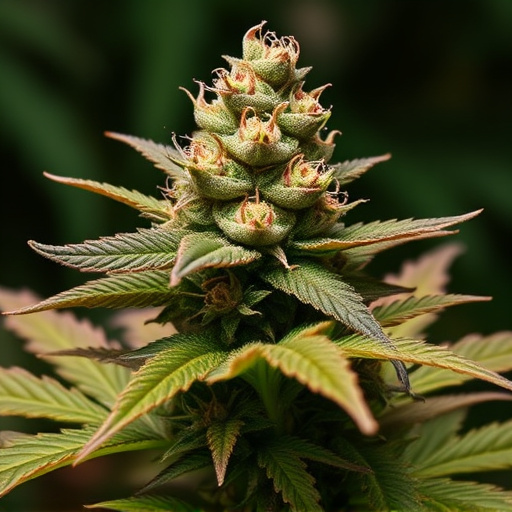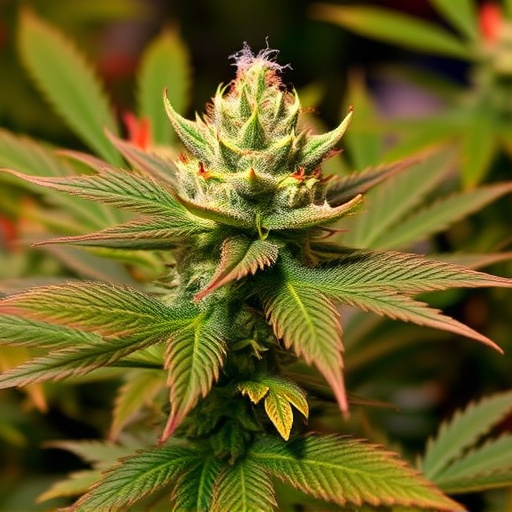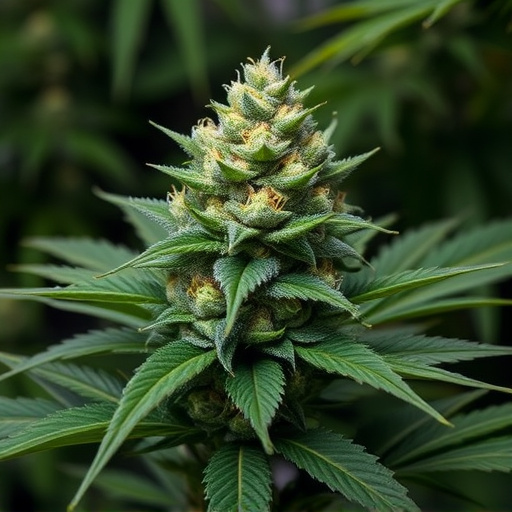Understanding cannabis flower potency is key to selecting the best strain. Key factors include genetics, growing conditions, and cultivation techniques, with THC content being a primary indicator of strength. Higher THC levels offer more intense effects, but genetics also determine unique characteristics. Environmental influences and cultivation methods significantly impact potency, encouraging consumers to consider both genetic potential and environmental factors when choosing most potent cannabis strains for tailored experiences.
Choosing the best cannabis flower involves understanding potency, exploring top strains, and prioritizing safety. Cannabis potency, measured in THC levels, significantly impacts the user experience. Factors like genetics and cultivation methods influence potency. This guide navigates the world of high-potency cannabis, highlighting popular strains known for their strong effects. It offers essential tips on selecting safe and reputable sources, ensuring an informed and enjoyable experience with the most potent cannabis strains.
- Understanding Cannabis Flower Potency and Its Factors
- – Defining cannabis potency and its impact on the user experience
- – Key components influencing potency levels (e.g., THC content, plant genetics)
Understanding Cannabis Flower Potency and Its Factors
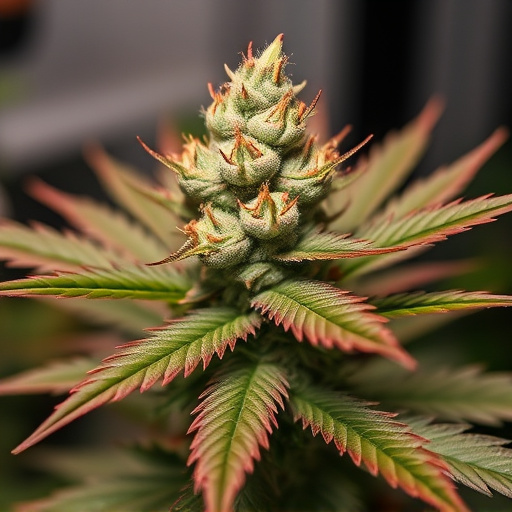
Cannabis flowers, or bud, come in a wide range of potencies, measured by the concentration of THC (tetrahydrocannabinol), the primary psychoactive compound responsible for its effects. Understanding potency is key to choosing the best cannabis flower for your needs. Several factors influence cannabis strain potency, including the plant’s genetics, growing conditions, and cultivation techniques.
Genetic makeup plays a significant role, as some strains naturally produce higher levels of THC than others. Growing environment matters too; factors like sunlight exposure, water quality, and nutrient levels can impact cannabinoid production. Additionally, cultivation methods such as indoor vs. outdoor growth, harvesting time, and curing processes further affect potency. Knowing these variables allows consumers to select strains known for their high THC content if they seek the most potent cannabis experiences.
– Defining cannabis potency and its impact on the user experience
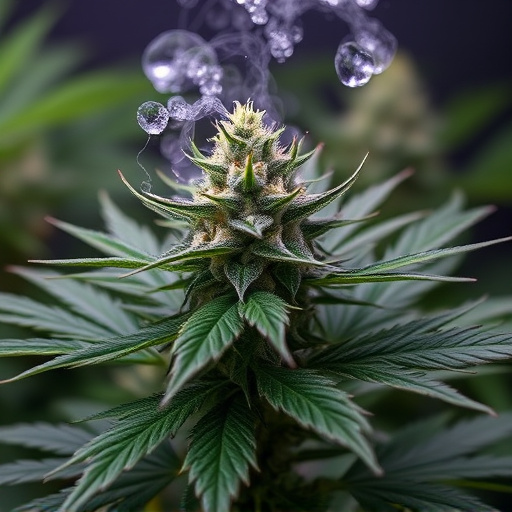
Cannabis potency, measured in THC (tetrahydrocannabinol) levels, plays a pivotal role in shaping the user experience. While low-potency strains may provide a subtle relaxation or pain relief, higher THC content is typically associated with more intense effects, including heightened euphoria and cognitive enhancement. However, it’s crucial to tailor choice to individual preferences and tolerance levels. Those new to cannabis might start with moderate strains, while seasoned users might seek out the most potent cannabis strains for a more profound and tailored experience.
Understanding potency helps in managing expectations and ensuring a safe and enjoyable journey. Different levels of THC can evoke varied responses, from creative inspiration to deeper relaxation or even heightened sensitivity. Thus, exploring various potencies allows users to discover their sweet spot, unlocking the full potential (or subtlety) of cannabis as per their unique needs and desires.
– Key components influencing potency levels (e.g., THC content, plant genetics)
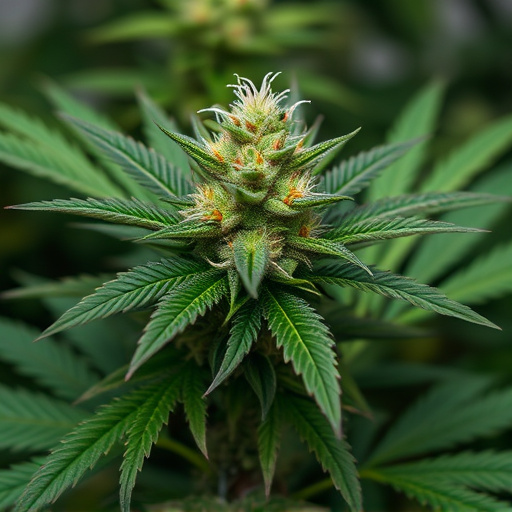
When it comes to determining the best cannabis flower, understanding the key components that influence potency levels is essential. One of the primary factors is THC content, which measures the amount of tetrahydrocannabinol (THC) present in the plant. Higher THC levels generally equate to more potent effects, making it a significant indicator when evaluating most potent cannabis strains. However, it’s not just about THC; plant genetics also play a crucial role. Different cannabis cultivars or ‘strains’ have unique genetic profiles that contribute to their specific characteristics and potency. Some strains are bred for higher THC concentrations, while others may offer a more balanced combination of THC and CBD (cannabidiol), providing users with varying experiences depending on their preferences and desired effects.
Additionally, the growing conditions and cultivation methods can significantly impact the final product’s potency. Factors like climate, soil quality, and cultivation techniques influence the plant’s ability to absorb and concentrate essential compounds, including THC. As such, when exploring most potent cannabis strains, it’s beneficial to consider both the genetic potential and the environmental factors that contribute to a superior, high-quality flower.
When selecting the best cannabis flower, understanding potency is key. Factors like THC content and plant genetics significantly influence the user experience, with some strains boasting extremely high levels. However, it’s important to remember that potency isn’t everything; personal preferences, desired effects, and tolerances vary. By considering these aspects, you can choose a strain from the most potent cannabis options available that aligns perfectly with your needs.
